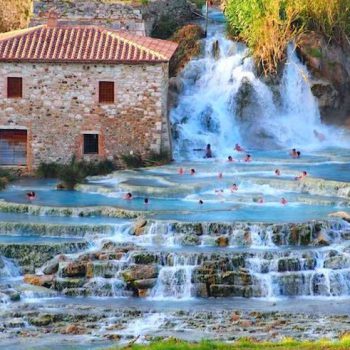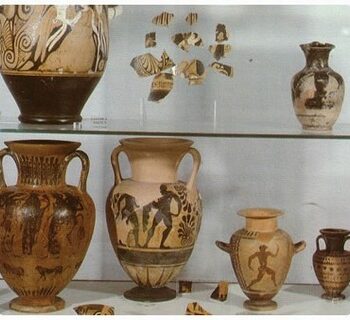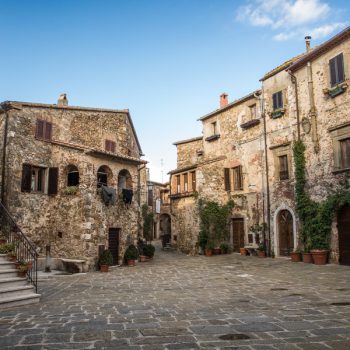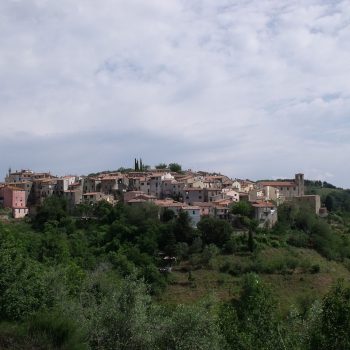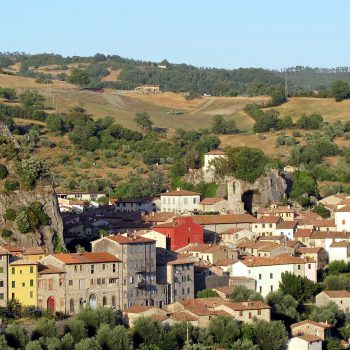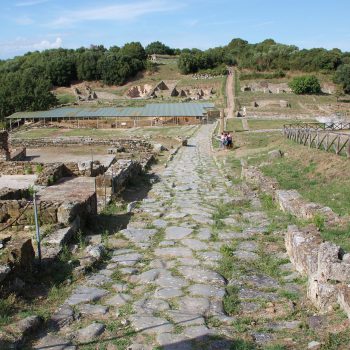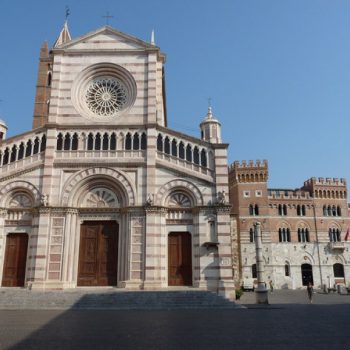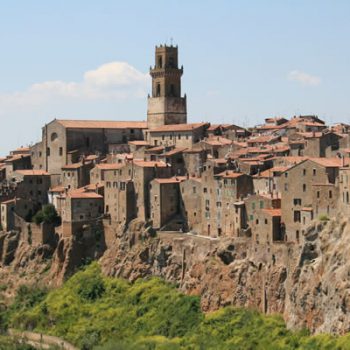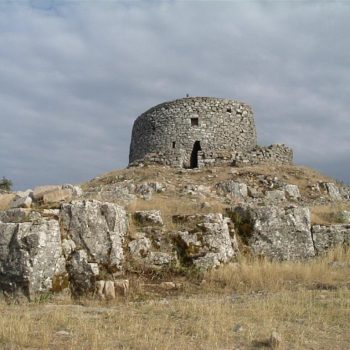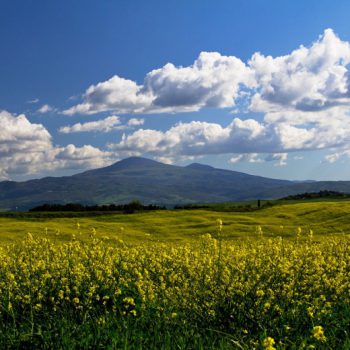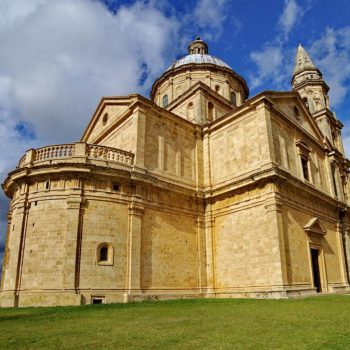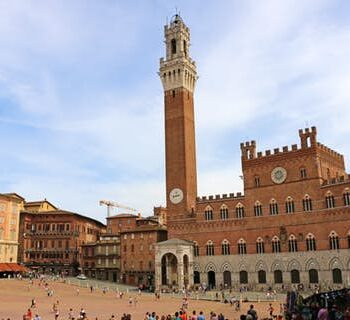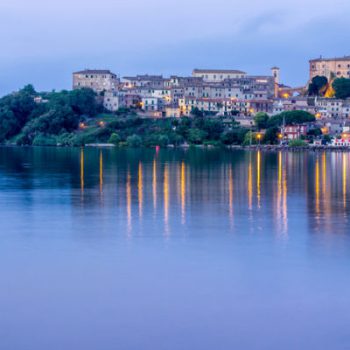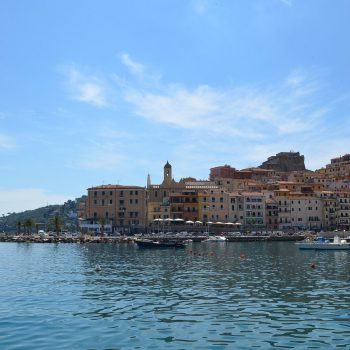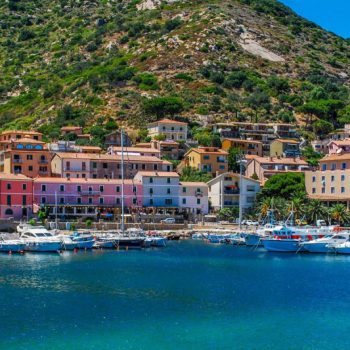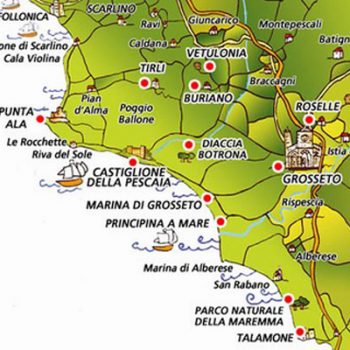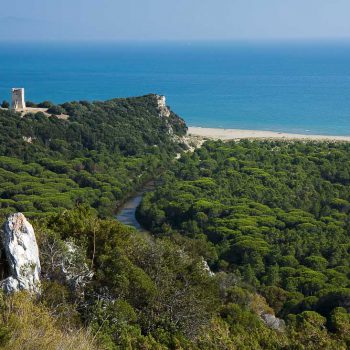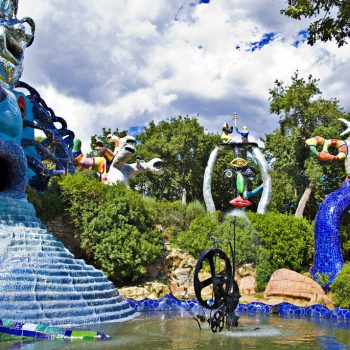TUFF CITIES: PITIGLIANO, SOVANA AND SORANO
From Murci drive right and after 6 Km go right on the road Usi-Saturnia, after 500 m. go left to Rocchette di Fazio. Little mid age village, on the roc above the Albegna River: The Aldobrandesca fortress, the ingress door of the castle, the magistrate palace and the hospital built in 1300. Forward you find Semproniano. Also this is a medieval village on the top of the hill, so you climb across very little streets and stairs just to the rests of the Aldobrandesca castle. Then you continue passing Cattabbio and S.Martino sul Fiore and find before Sovana you can visit the necropolis and excavations of Sopraripa (3°and 2° century before Christ) and on the hill near to it Poggio Prisca there is the grave Ildebranda of the 3°century, important grave, evidencing the wellness of the local aristocracy and the Sileno grave with his singular circle structure. A lit behind on the same pad you admire a room grave in witch afterwards was made a characteristic pigeons house. In the Roman period these were used for conserve ash urns.
Sovana: unique village with a lot of story.
Sorano, built on one of the many plateau of the Lente River, is a medieval village almost intact. The Orsini fortress is an important witness of the medieval and renaissance architecture. Born as a defence point of the Aldobrandeschi was afterwards (in 1380) included in the new construction of the Orsini Palace. You enter by crossing a bridge over a first ditch. In the centre you see an ingress door with arch, decorated with the lions of the Aldobrandeschi and the bears and roses of the Orsini.
Clicca qui per ingrandire la foto
Pitigliano, residence of the Aldobrandeschi with tree circular towers and fortified wall became in 1313 residence of the Roman family of the Orsini. Part of the fortress was razed to the ground in 1465 for building a new palace in the village centre, that you can visit from 10-13 and from 15-19 closed on Monday.
At Pitigliano lives also an important Jewish community. The synagogue is open 10.00-12.00 and 15.00-17.00 closed on Saturday.
The Archaeological museum is open 10.00-13.00 and 16.00-19.00, closed on Monday.
Market on Wednesday.
For the botanic garden of Terra Rossa call 0564 616039.
The “vie cave” are Etruscan road excavates in the rocs. They begin at Capisotto in the historical centre of Pitigliano than go down bi the stairs to the “Porta di Sovana”, her you choose which path you like to walk.
Return by Manciano: poses of the Aldobrandeschi from 1274, passed to the Orsini and, conquered by the community of Siena in 1416. These, strengthen the fortress and made the defends wall higher. In 1557 was given to the Medici of Florence and in 1783 became de principal town of the posses of the Lorena (Montemerano, Saturnia e Capalbio).
Historical museum.
